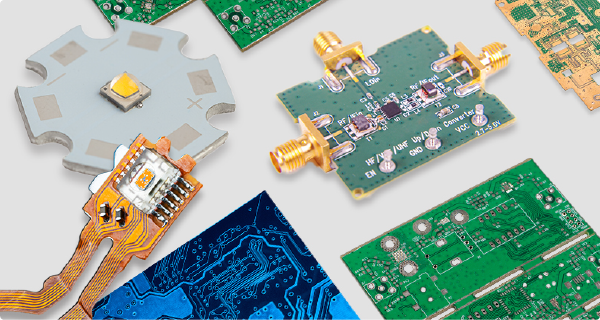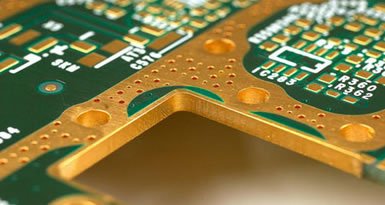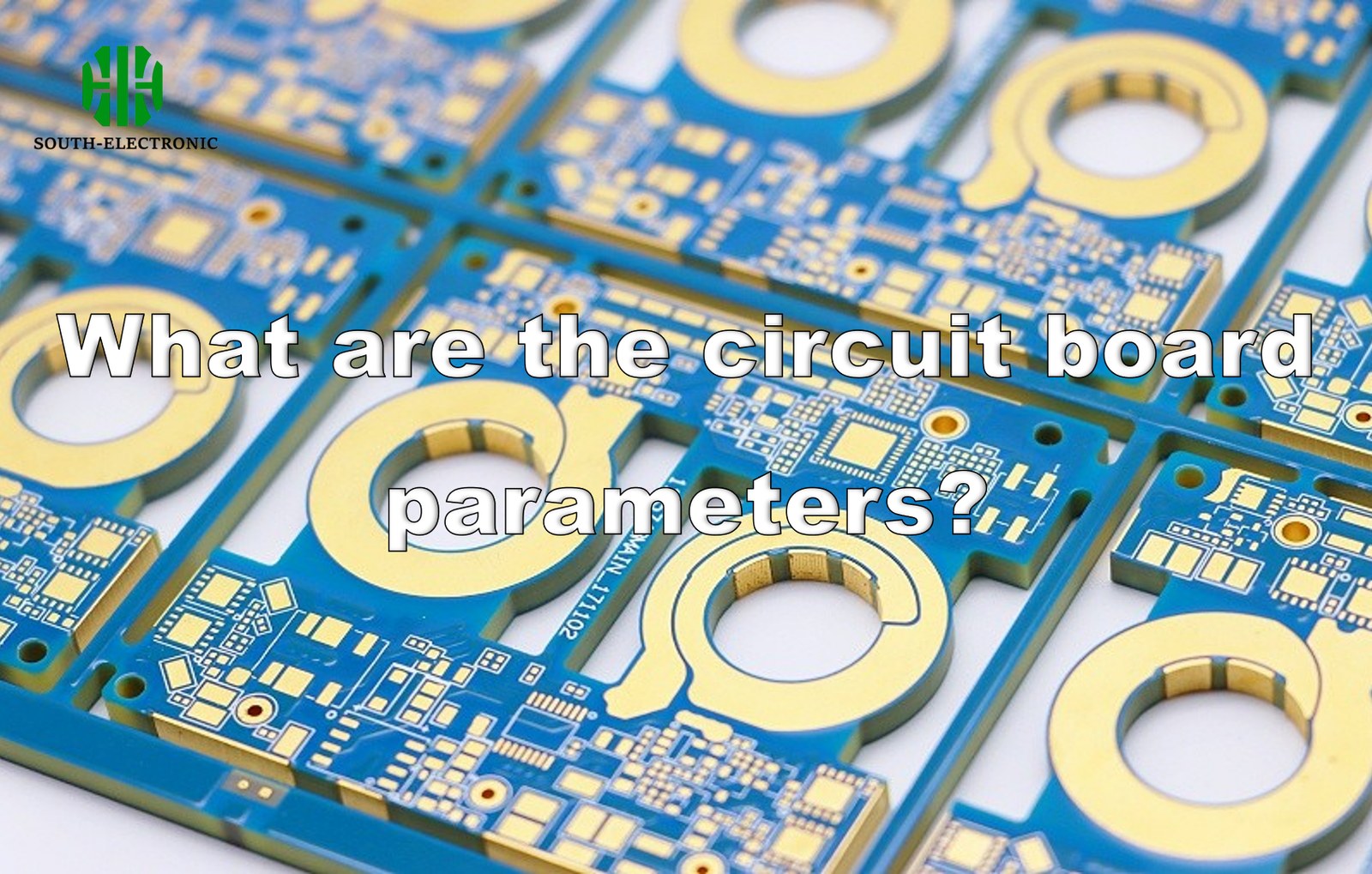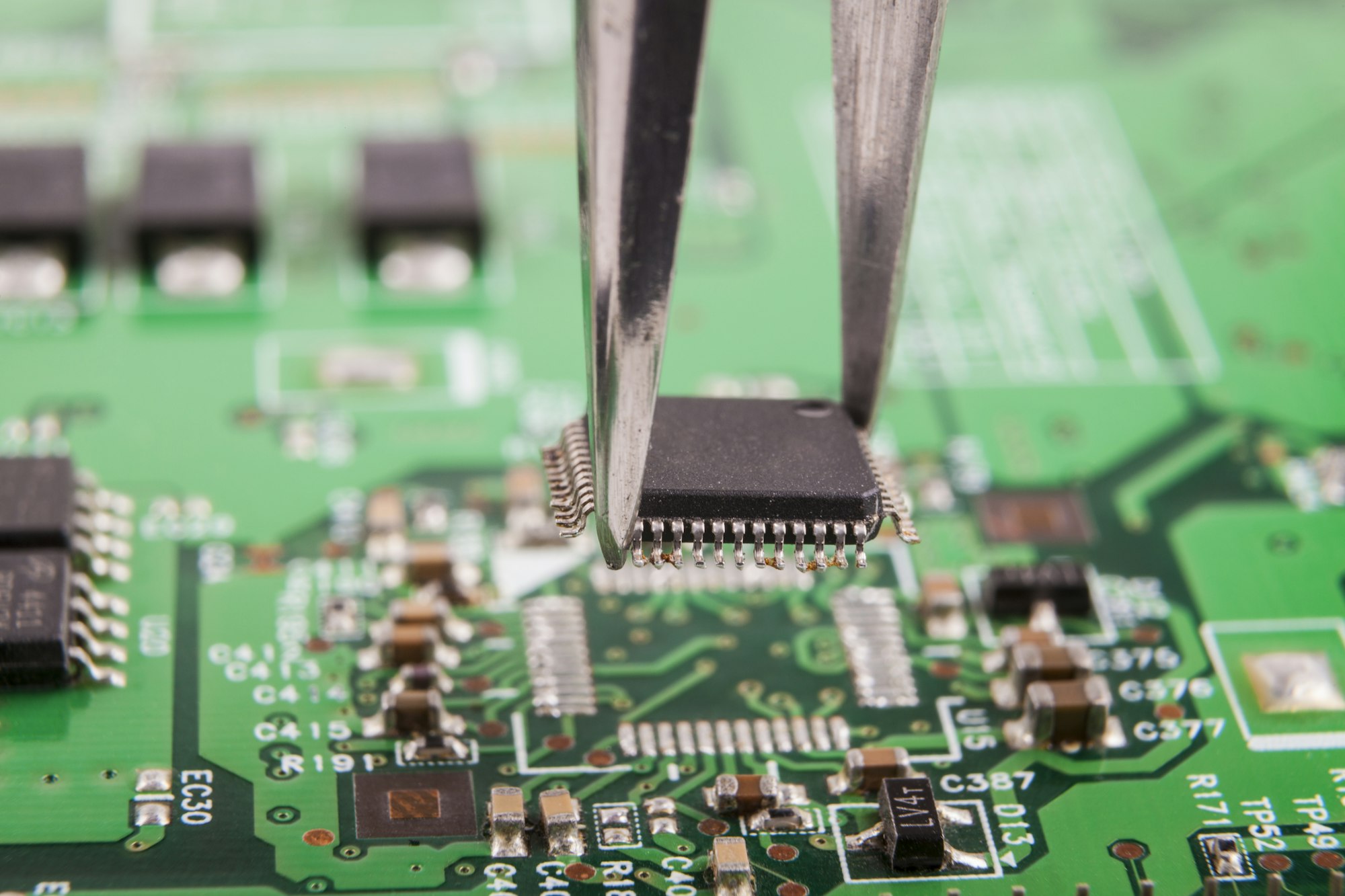Ever designed a PCB only to face heating or signal problems? These frustrating issues delay projects and raise costs. But selecting the right circuit board parameters prevents such failures.
Circuit board parameters include electrical properties like impedance, thermal traits including glass transition temperature (Tg), and design rules for traces/vias. They ensure signal clarity, heat resistance, and manufacturing reliability – critical for creating durable electronics.

Ready to eliminate design flaws? Understanding these parameters unlocks better boards. Let’s explore material standards, Tg benefits, and high-frequency necessities step by step.
PCB material knowledge and standards
Chosen a low-grade PCB material before? It causes warping or short circuits. Good materials obey strict standards to dodge failures. Stick with certified options.
PCB materials follow standards like IPC-4101 for laminates and UL 94 for flammability. These certifications guarantee consistent performance across production batches and simplify regulatory approvals.

Breaking down PCB material specifications
Materials determine your PCB’s core behavior. Let’s examine key categories:
- Flammability ratings: Non-negotiable for safety. UL94-V0 means self-extinguishing in 10 seconds – vital for consumer devices.
- Mechanical traits: Includes tensile strength and flexural endurance. FR-4 offers 400MPa strength suitable for rigid boards.
- Moisture defense: Measured via water absorption tests. Low rates (180°C) survive reflow soldering at 260°C without delamination.
- Dimensional stability: Lower CTE (Coefficient of Thermal Expansion) minimizes warpage – critical for multilayer boards.
- Long-term reliability: Resists "zipping" cracks in plated through-holes during thermal cycling.
| Parameter | Normal Tg (135°C) | High Tg (>170°C) | Impact |
|---|---|---|---|
| Max Operating Temp | ~110°C | ~150°C | Supports power-dense designs |
| Delamination Risk | Moderate-High | Low | Fewer failures in humid conditions |
| Mechanical Strength | Deforms easily | Maintains shape | Better for vibration-heavy uses |
Use high Tg for LED drivers, engine controllers, or 5G base stations where heat exceeds 130°C. Standard FR-4 suffices for room-temperature gadgets. Confirm Tg values via TMA (Thermomechanical Analysis) reports.
What are the important parameters for high-frequency PCBs?
Facing signal loss or crosstalk in RF designs? Subpar high-frequency PCBs cripple wireless devices. Precise parameters fix these invisible errors.
Critical parameters include dielectric constant (Dk), loss tangent (Df), and trace roughness. They maintain signal purity in 5G routers, radars, and satellites by managing impedance and energy loss.

Optimizing signal integrity at high frequencies
High-frequency challenges demand distinct solutions:
- Dk stability: Unstable Dk causes impedance shifts. Rogers 4350B preserves ±0.05 Dk consistency from 1-10GHz.
- Conductor loss: Smother copper foil (≤0.3μm roughness) reduces skin effect losses by up to 15%.
- Phase consistency: Critical for beamforming antennas. Requires tight Dk tolerance (±0.02) across batches.
| Parameter | Ideal Range | Test Method | Why It Matters |
|---|---|---|---|
| Loss Tangent (Df) | <0.004 @ 10GHz | Stripline resonator | Minimizes signal attenuation |
| Moisture Absorption | ≤0.02% | ASTM D570 | Prevents Dk drift in humidity |
| Surface Roughness | ≤0.35μm RMS | AFM microscopy | Lowers insertion loss |
For 24GHz+ applications like ADAS, PTFE composites outperform FR-4. Validate with impedance testing – mismatches over 5Ω can cause reflections. Start controlled impedance design early.
Conclusion
Proper PCB parameters solve real-world failures. Prioritize material standards, high Tg resilience, and high-frequency specs to build trustworthy electronics – always verify testing data.



